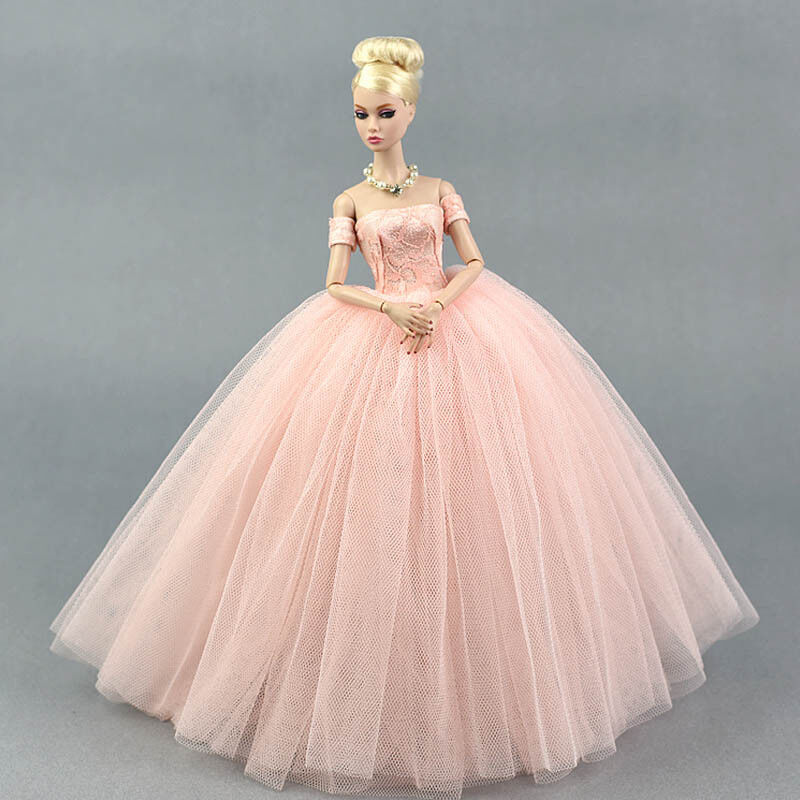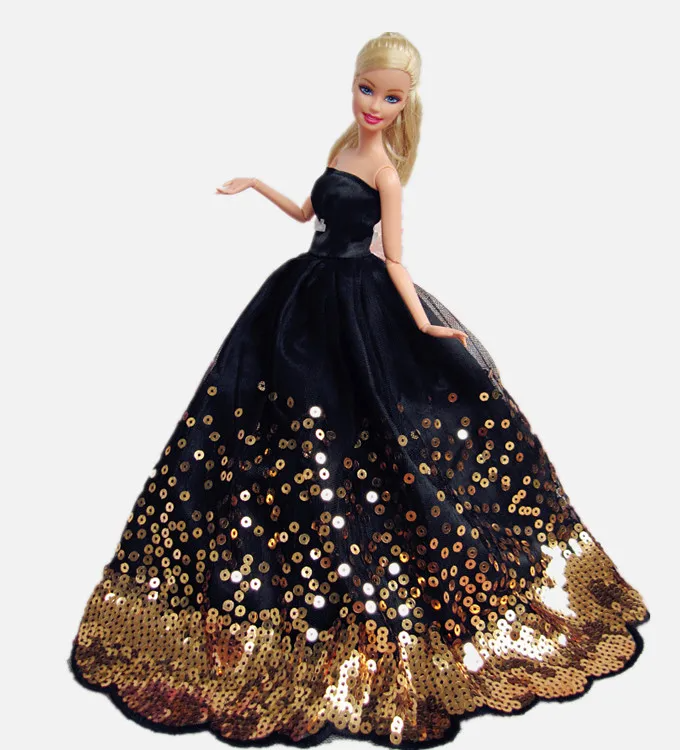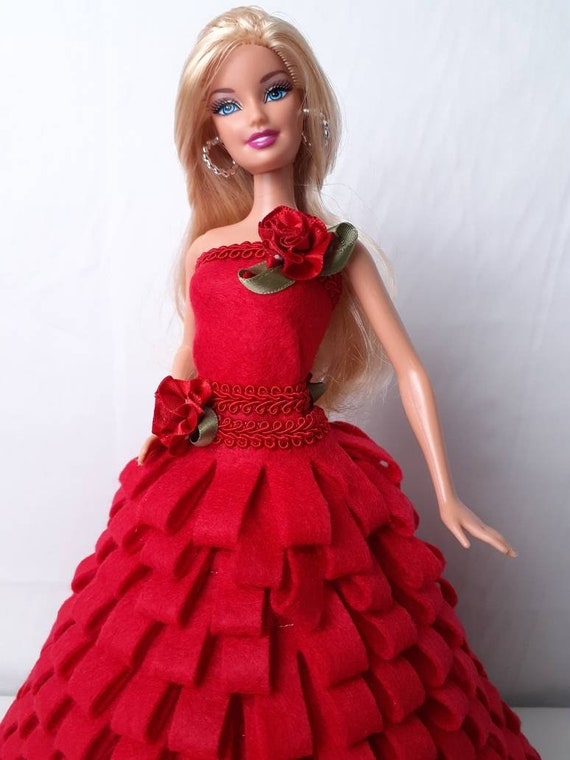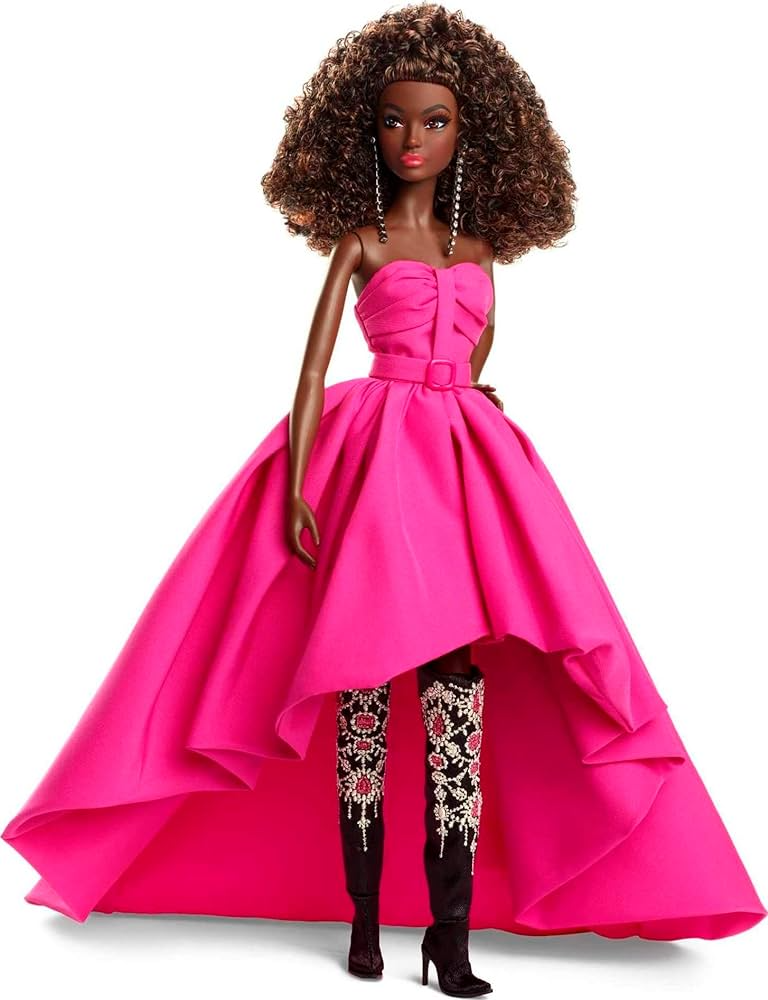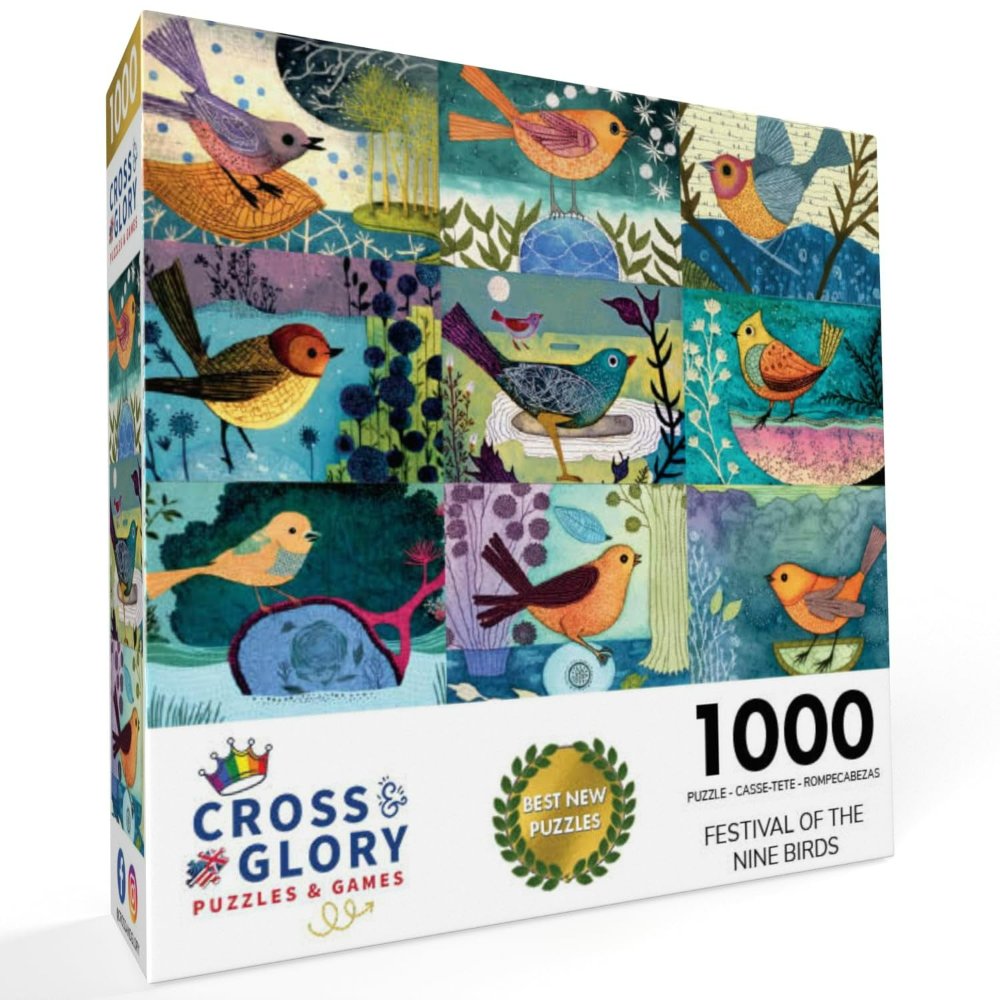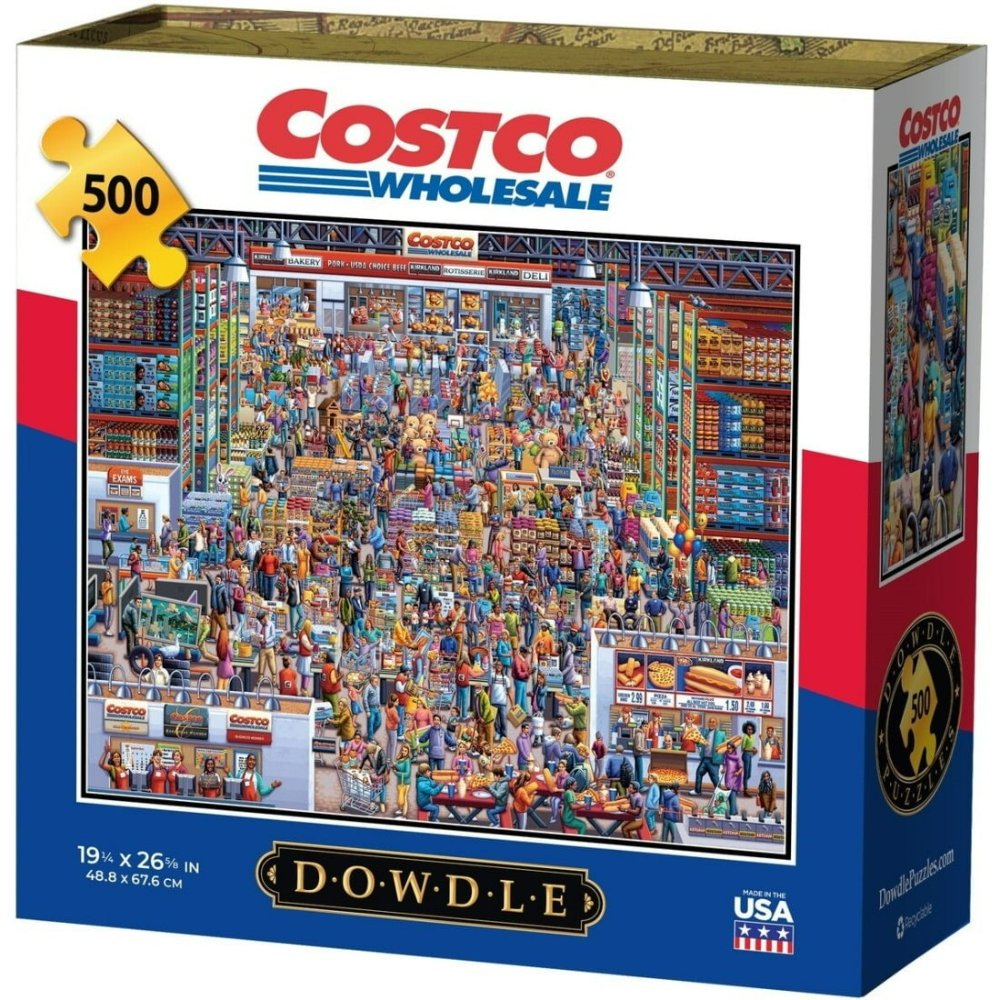Since her debut in 1959, Barbie has captivated the imaginations of children and adults alike, not only as a beloved toy but also as a fashion icon. Her ever-evolving wardrobe has served as a microcosm of fashion trends, cultural shifts, and societal aspirations. From her inaugural black-and-white striped swimsuit to haute couture collaborations with renowned designers, Barbie dresses have played a significant role in shaping popular perceptions of beauty, style, and femininity. In this article, we delve into the fascinating world of Barbie dresses, exploring their historical significance, design versatility, cultural impact, and enduring popularity.
A Journey Through Time: Historical Significance of Barbie Dresses
Innovative Beginnings (1959-1960s)
Barbie’s debut ensemble, a striped swimsuit designed by Charlotte Johnson, set the stage for her status as a fashion-forward doll. This modest yet stylish swimsuit, paired with cat-eye sunglasses and open-toe heels, embodied the sophistication and glamour of the late 1950s. As the decade progressed into the swinging ’60s, Barbie’s wardrobe expanded to include mod miniskirts, shift dresses, and bold geometric prints, reflecting the youth-driven fashion revolution and women’s growing liberation.
Dramatic Decades (1970s-1980s)
The 1970s brought a mix of bohemian flair and disco decadence to Barbie’s closet. Flowing maxi dresses, bell-bottom pants, and colorful peasant tops echoed the era’s carefree spirit, while glittering jumpsuits and sequined gowns epitomized the disco scene. The 1980s saw Barbie embrace power dressing, sporting structured shoulder pads, statement jewelry, and neon-hued ensembles that mirrored the bold aesthetics of the decade.
Global Influences (1990s-Present)
In the 1990s and beyond, Barbie’s wardrobe became increasingly diverse and inclusive, reflecting a broader range of cultures, styles, and body types. From ethnic-inspired dresses showcasing traditional patterns and textiles to modern streetwear and athleisure outfits, Barbie’s wardrobe evolved to mirror the melting pot of global fashion trends. Today, Barbie continues to break barriers, collaborating with high-end designers, embracing sustainable materials, and representing various professions, body types, and skin tones through her attire.
Design Versatility: Embracing Diversity and Innovation
Haute Couture Collaborations
Over the years, Barbie has collaborated with numerous prestigious fashion designers, including Christian Dior, Givenchy, Versace, and Moschino, to create exquisite miniature versions of their runway masterpieces. These high-fashion Barbies not only showcase the doll’s ability to transcend age and gender boundaries but also provide a unique opportunity for collectors and fashion enthusiasts to own a piece of couture history at an accessible scale.
Career-Driven Attire
Barbie’s extensive career options have been reflected in her diverse wardrobe, which includes professional attire for roles ranging from astronaut and surgeon to chef, athlete, and entrepreneur. These outfits not only inspire young minds to explore various career paths but also reinforce the message that women can excel in any field while maintaining their personal style.
Fashion Forward Fantasy
From fairy tale princess gowns to futuristic sci-fi garb, Barbie’s wardrobe is filled with imaginative, fantastical outfits that spark creativity and encourage children to dream big. These whimsical designs often incorporate innovative materials, intricate detailing, and imaginative silhouettes, pushing the boundaries of what a doll’s outfit can be and inspiring a new generation of fashion designers.
Cultural Impact: Reflecting and Shaping Society
Championing Inclusivity
Barbie’s dresses have played a crucial role in promoting diversity and inclusivity. The doll’s expanding range of skin tones, body types, and hairstyles has been accompanied by a wardrobe that authentically represents various cultures, traditions, and lifestyles. By embracing and celebrating differences through fashion, Barbie encourages empathy, understanding, and respect for all.
Empowering Young Girls
Through her diverse and empowering wardrobe, Barbie instills in young girls the confidence to express themselves freely and embrace their unique sense of style. Whether it’s through bold, daring outfits or more understated, classic looks, Barbie demonstrates that there is no single definition of beauty or femininity, fostering self-esteem and individuality in her young admirers.
Fashion Education and Inspiration
Barbie’s dresses serve as a miniature fashion archive, offering a fun and engaging way for children and collectors to learn about fashion history, trends, and design principles. By studying Barbie’s evolving wardrobe, enthusiasts can gain insights into color theory, textile choices, silhouette changes, and the intersection of fashion with broader cultural and societal shifts.
Enduring Popularity: Barbie Dresses as a Collectible Phenomenon
Barbie, the iconic fashion doll created by Mattel in 1959, has captivated generations of children and adults alike with her ever-evolving style, diverse careers, and global appeal. Among the many facets of Barbie’s enduring popularity, one particularly fascinating aspect is the phenomenon of collecting Barbie dresses. These miniature garments, designed to fit Barbie and her various iterations over the years, have become highly sought-after items among collectors, reflecting not only the doll’s rich fashion history but also broader cultural trends and artistic innovation. This part explores the reasons behind the enduring popularity of Barbie dresses as collectibles and the factors that contribute to their allure.
Historical Significance and Nostalgia
Barbie dresses serve as tangible artifacts of fashion history, encapsulating the shifting tastes, silhouettes, and fabrics that defined each era. From the early 1960s “Mod” styles and 1970s disco glam to the power suits of the 1980s and the eclectic fashion of the 1990s, Barbie’s wardrobe offers a microcosm of real-world fashion trends. For collectors, these dresses evoke nostalgia for their own childhood or a particular period they admire, allowing them to reconnect with memories and experiences tied to specific eras.
Artistic and Design Value
Many Barbie dresses are miniature masterpieces in their own right, showcasing intricate detailing, exquisite embroidery, and fine materials. Renowned designers and fashion houses, such as Christian Dior, Givenchy, and Versace, have collaborated with Mattel to create one-of-a-kind couture pieces for Barbie, further elevating the artistic merit of these tiny treasures. Collectors appreciate the craftsmanship and creativity involved in designing and producing these miniature garments, often displaying them as works of art rather than simply as doll accessories.
Limited Editions and Rarity
Mattel frequently releases limited edition dolls and exclusive dress collections, which quickly become collector’s items due to their scarcity. Special occasion dolls, such as those commemorating holidays, anniversaries, or historical events, often feature unique dresses that are highly prized by collectors. Additionally, vintage Barbie dresses from the 1960s and 1970s, especially those in excellent condition with original packaging, can command high prices due to their rarity and historical significance. The hunt for rare and hard-to-find dresses adds an element of thrill and excitement to the collecting experience.
Themed Collections and Storytelling
Barbie dresses often form part of larger themed collections, such as Barbie as a historical figure, a movie character, or representing a particular profession. These collections allow collectors to create immersive displays that tell a story or showcase a specific interest. For instance, a collector might focus on Barbie dresses inspired by Disney princesses, Hollywood glamour, or world cultures. The ability to curate personalized narratives through dress collections adds depth and meaning to the hobby.
Investment Potential
As with many collectibles, certain Barbie dresses can appreciate in value over time, making them a potential investment opportunity. Key factors influencing a dress’s value include its rarity, designer collaboration, condition, and historical significance. Serious collectors carefully monitor market trends, attend auctions, and network within the Barbie collecting community to identify and acquire dresses with strong investment potential.
Community and Social Interaction
The Barbie dress collecting community is vibrant and supportive, with collectors sharing their finds, knowledge, and passion through online forums, social media groups, conventions, and exhibitions. This sense of camaraderie and shared interest fosters friendships, facilitates trading, and provides a platform for collectors to learn from one another. Engaging with this community enhances the overall collecting experience and contributes to the enduring popularity of Barbie dresses.
Conclusion
In conclusion, Barbie dresses are far more than mere playthings or decorative accessories; they are powerful symbols of fashion history, cultural expression, and personal identity. Through their historical significance, design versatility, cultural impact, and enduring popularity, Barbie dresses continue to captivate and inspire generations of fans, serving as a testament to the indelible charm and influence of the world’s most iconic fashion doll.
